Tennis is often perceived as an elitist sport, especially in regions like Latin America, where the cost of gear and limited access to public courts create significant barriers for aspiring players. Despite its growing popularity, many potential enthusiasts find themselves unable to participate due to financial constraints. This article explores the economic challenges faced by tennis players in Latin America, with a specific focus on Mexico, Argentina, and Brazil, and highlights the need for more accessible solutions.
The Cost of Gear
The price of tennis gear in Latin America is a significant obstacle for many. For instance, in Mexico, a quality tennis racket from a reputable brand such as Babolat or Wilson can cost around 4,000 to 6,000 MXN ($225 to $340 USD). Tennis shoes from brands like Nike or Adidas range from 2,000 to 3,500 MXN ($115 to $200 USD). Moreover, a pack of good tennis balls, essential for practice and matches, costs about 200 to 300 MXN ($11 to $17 USD). These prices are considerably higher than in many Western countries (compared to their buying power), making it difficult for the average Mexican family to afford.
In Argentina, the situation is similar. A tennis racket costs around 40,000 to 60,000 ARS ($200 to $300 USD), and tennis shoes are priced between 20,000 to 30,000 ARS ($100 to $150 USD). The average monthly salary in Argentina is approximately 130,000 ARS ($650 USD), making the cost of tennis equipment a significant portion of an individual’s income.
Brazil also faces steep costs for tennis gear. A high-quality racket costs between 800 to 1,200 BRL ($160 to $240 USD), and tennis shoes range from 500 to 800 BRL ($100 to $160 USD). The average monthly salary in Brazil is around 2,900 BRL ($540 USD).
Limited Access to Public Courts
Access to public tennis courts is another significant barrier. In many Latin American countries, public tennis courts are scarce, and when they do exist, they often come with hefty fees. In Mexico, for example, the cost to rent a public tennis court can range from 100 to 300 MXN ($6 to $17 USD) per hour. This fee is prohibitive for regular practice, especially for families with limited disposable income.
Brazil faces a similar challenge, where renting a tennis court can cost around 100 to 200 BRL ($20 to $40 USD) per hour, further limiting access to regular practice for many aspiring players. In Argentina, court rental fees range from 1,000 to 2,000 ARS ($5 to $10 USD) per hour, which, although lower, still poses a barrier when considering the overall costs involved in playing tennis.
The Need for Accessible Solutions
Given these challenges, it is evident that tennis in Latin America is far from being the “sport of the people.” To change this perception and make the sport more accessible, several steps need to be taken:
- Subsidizing Equipment Costs: Governments and sports organizations should consider subsidizing the cost of tennis gear to make it more affordable for the average person.
- Building More Public Courts: There is a need to build more public tennis courts and reduce the fees for their use. Partnerships with private organizations could help fund the construction and maintenance of these facilities.
- Community Programs: Initiatives that provide free or low-cost tennis lessons and equipment to children and teenagers can help nurture talent and interest in the sport from a young age.
- Sponsorship and Support: Local businesses and international sports brands can play a crucial role by sponsoring young players and providing the necessary equipment and financial support.
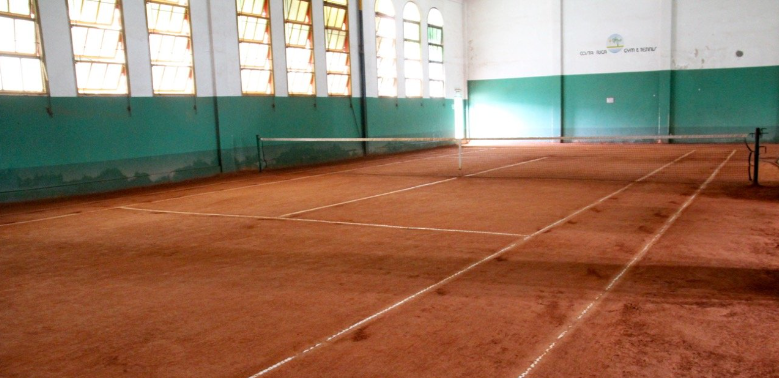
The Success of Tennis in Certain Latin American Countries
Interestingly, despite these challenges, countries like Argentina, Brazil, and Chile have managed to produce high-level tennis players consistently. Argentina, in particular, has a rich tennis tradition, with numerous players frequently appearing in the top 100 ATP rankings. Notable players include Guillermo Vilas, Gabriela Sabatini, and Juan Martin del Potro, who have all achieved significant success on the international stage.
Brazil has also produced top-tier players such as Gustavo Kuerten, a three-time French Open champion, and Maria Bueno, who won 19 Grand Slam titles. Chile has contributed players like Marcelo Ríos and Fernando González, both of whom reached the top 10 in the ATP rankings during their careers.
One explanation for this success might be the strong tennis culture and infrastructure in these countries. Despite the high costs, these nations have managed to cultivate a passionate tennis community that supports and nurtures talent. Additionally, historical success and role models have likely inspired younger generations to pursue the sport, contributing to the consistent production of high-level players.
Conclusion
Tennis has the potential to become a widely accessible sport in Latin America, but significant barriers remain. By addressing the high costs of gear and improving access to public courts, it is possible to make tennis a more inclusive sport, truly making it a “sport of the people.”
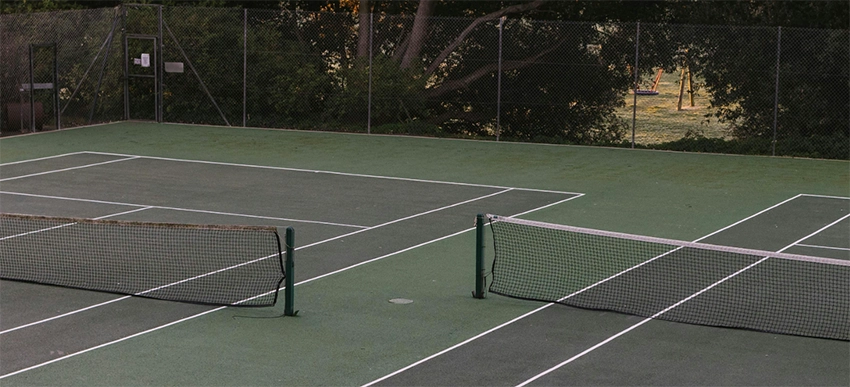



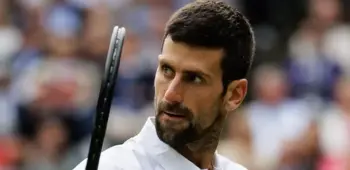
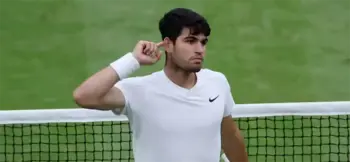
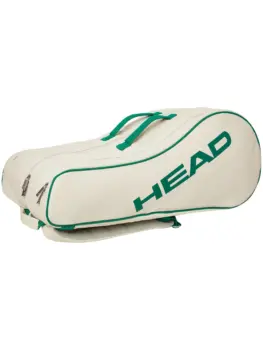

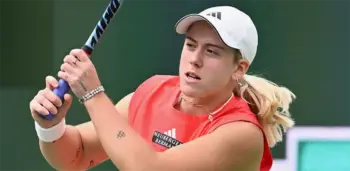
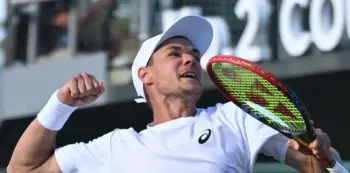
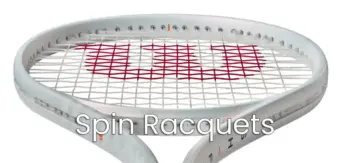
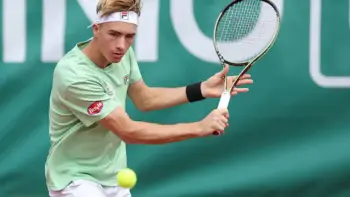

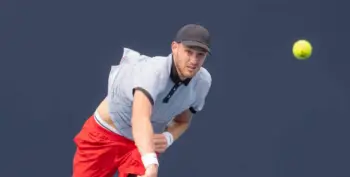
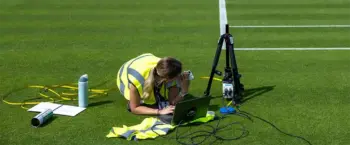

Hi !
Great article !
However , tennis rackets costs in Brazil are , at least , 20% higher than was mentioned, unfortunately.